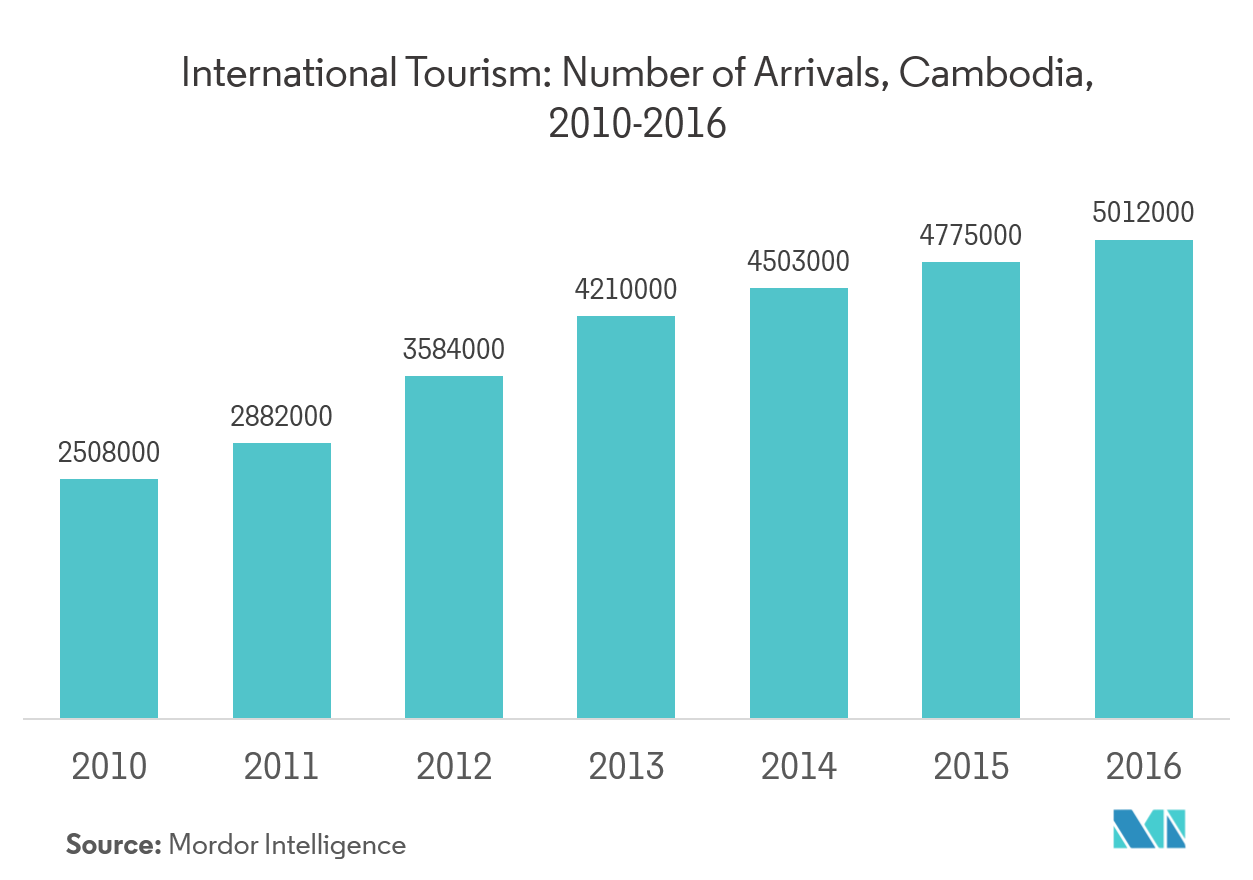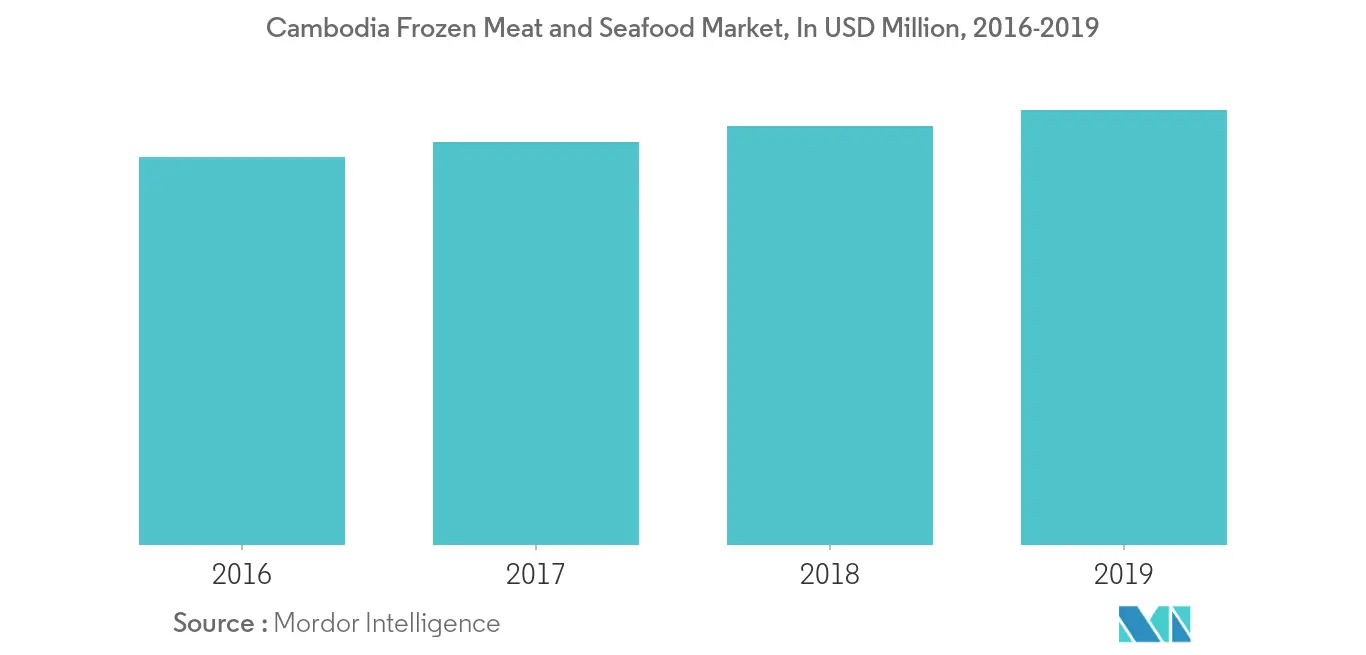Market Trends of Cambodia Frozen Food Industry
This section covers the major market trends shaping the Cambodia Frozen Food Market according to our research experts:
Influence of Westernization on Diet and Healthy Tourism
A shift from the Southeast Asian cultural tradition of eating multiple (four or five times) small meals a day, to the norm of most developed countries of having three meals a day is being widely noticed. The trend also includes increased purchase of ready-to-eat, cooked foods, and the consumption of frozen food products. The fast adoption of western diet trends has led to a hike in the retail sales in packaged food industry, especially frozen and chilled food. Consumers in Cambodia displayed higher demand for frozen desserts, frozen potatoes, and frozen ready meals. Some importers in Cambodia specialize in servicing the hotel restaurant and institution (HRI) trade and have the appropriate frozen and chilled storage and distribution infrastructure. Most of the modern food retailers, such as DFI Lucky and Thai Huot, also service the HRI trade through their retail stores or wholesale operations.

Growing Demand for Frozen Seafood
Frozen seafood occupies a significant share in the frozen food product category in the Cambodian market. Frozen seafood manufacturers find it difficult to compete on the prices with the traders in the native market. The Institute of Standards of Cambodia (ISC) and the United Nations Industrial Development Organization (UNIDO) teamed up in 2016 to increase the export of four seafood products adhering to the international standards. Fish sauce, frozen shrimp, dried shrimp, and crab meat form the major exports of the seafood in the country. The hectic lifestyles, changing taste and preferences of the consumers, and the increased shelf life of frozen products are the reasons for the gaining popularity of frozen foods in the country.


